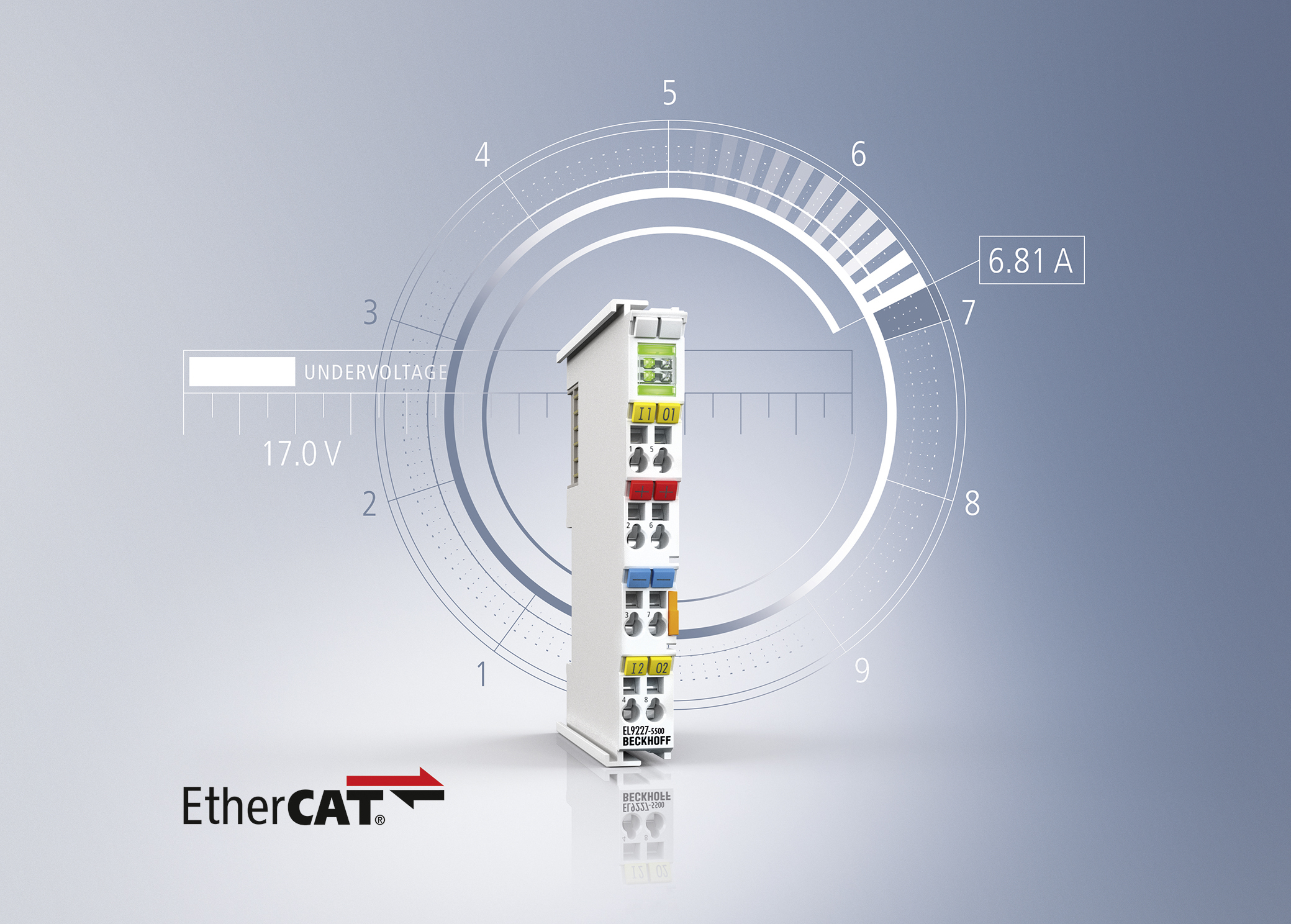Machinery manufacturing is unique in the fact that the product makes another product. Making machines that make semiconductors, for example, is a very complex endeavor. It is all about pushing the limits of technology at every level. There are some interesting features of the machinery market to consider.
The semiconductor machinery industry has been making machinery to make semiconductor products for about 40 years. As each generation of semiconductor technology leads to unique machinery requirements, machinery must be created to mass produce the new technology. The semiconductor industry has had to re-tool to deal with lager wafer sizes since the early days of the industry.
Each major change has created complete machinery systems in order to produce new products for consumer electronics, aerospace, medical and all the different end uses that we have found for semiconductors. In recent years, semiconductor machinery builders have been making machinery at the rate of $30-40 billion a year in value. This means that over the last 10 years, there is roughly $350 billion in equipment installed.
In the past, the rate of change in the industry made the majority of equipment obsolete. In recent years, there are segments of the industry that continue to supply products from 6″ wafers. This means that machines that were once obsolete have longer life cycles and require maintenance. For the most part, this type of machinery was never intended for a 20 year life expectancy.
So there is a new industry emerging. Semiconductor machinery refurbishing. Bringing an old machine back to full production capability is much less expensive than trying to buy new equipment. Especially when there is no one around who remembers the original equipment design.
This closely follows the experience in the machine tool industry. There are many shops and many happy customers who have had 40 year old machine tools rehabilitated to better-than-new performance. The economics are quite clear. Businesses can improve the accuracy and throughput of old machine tools with new controls for about 10 to 20 percent of the cost of new.
As economic pressure and competition intensifies, many industries that depend on large numbers of machines to make their products will “discover” this strategy. Investing in rebuilt machinery is a great way to lower amortization cost and lower barriers to new markets.
And the key enabling technology is mechatronics.
Filed Under: Mechatronic Tips



